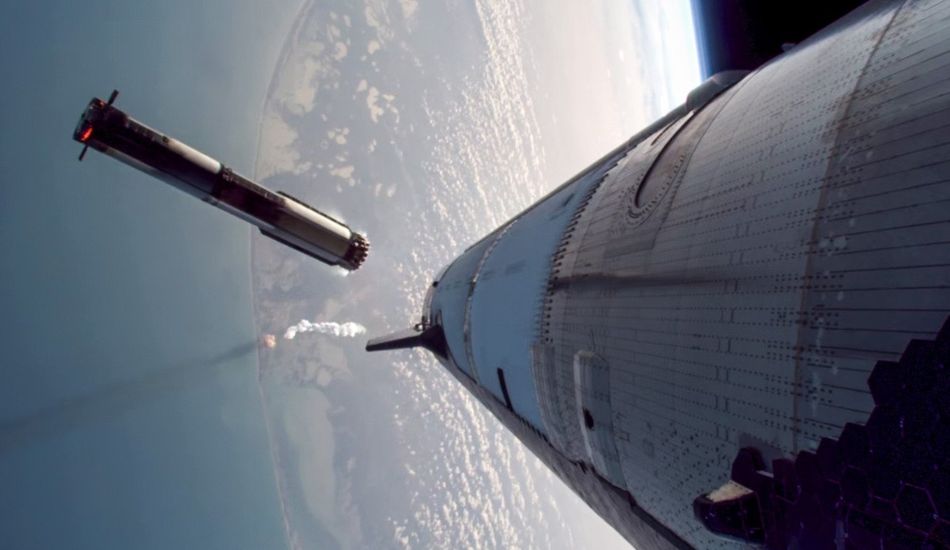
SpaceX Starship: Nonthe Flight Launch
SpaceX is preparing for the ninth test flight of its Starship, a heavy-lift rocket crucial for both SpaceX's Martian ambitions and NASA's Artemis program. This launch, tentatively scheduled for late May, follows two previous unsuccessful attempts. The seventh and eighth test flights both ended with the upper stage exploding shortly after launch, prompting a comprehensive safety review by the Federal Aviation Administration (FAA).
Addressing Previous Failures
The FAA's subsequent approval for the ninth flight indicates confidence in SpaceX's solutions to the identified problems. The previous failures were attributed to issues ranging from engine overheating and hardware failures to propellant ignition problems. SpaceX claims to have implemented numerous corrective measures, including improved engine insulation, tighter joints, a new nitrogen purge system, and upgrades to the propellant drain system. The company also highlighted the upcoming Raptor 3 engines, boasting enhanced reliability.
Expanded Safety Precautions
However, the FAA's approval comes with stipulations. Recognizing the potential for another catastrophic event, the agency has significantly expanded the no-fly zones surrounding the launch site. This increase reflects the unprecedented scale of the Starship program and the potential impact of debris dispersion. The larger hazard area, extending over 1600 nautical miles, underscores the seriousness of the potential risks associated with this test flight. The previous explosions caused significant flight disruptions, and this expanded safety zone is intended to mitigate those risks.
The upcoming flight will be closely watched, as its success or failure will be a significant milestone in the Starship program's development. The back-to-back failures have already caused considerable delays, and the results of this test will significantly impact SpaceX's timeline and future plans.
Source: Gizmodo